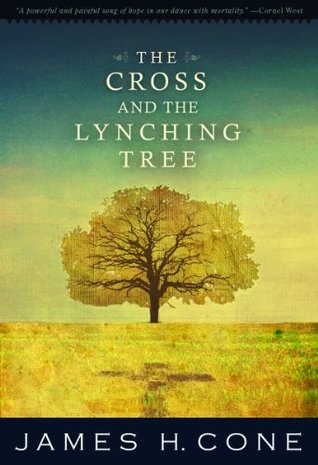More on this book
Community
Kindle Notes & Highlights
Both the cross and the lynching tree represented the worst in human beings and at the same time “an unquenchable ontological thirst”[1] for life that refuses to let the worst determine our final meaning.
Often as many as ten to twenty thousand men, women, and children attended the event. It was a family affair, a ritual celebration of white supremacy, where women and children were often given the first opportunity to torture black victims—burning black flesh and cutting off genitals, fingers, toes, and ears as souvenirs. Postcards were made from the photographs taken of black victims with white lynchers and onlookers smiling as they struck a pose for the camera.
Spectacle lynchings attracted people from nearby cities and towns. They could not have happened without widespread knowledge and the explicit sanction of local and state authorities and with tacit approval from the federal government, members of the white media, churches, and universities. Lynching
Whites acted in a superior manner for so long that it was difficult for them to even recognize their cultural and spiritual arrogance, blatant as it was to African Americans.
Yet African Americans did not let economic distress and mental anguish have the final say on their existence.
If the blues offered an affirmation of humanity, religion offered a way for black people to find hope. “Our churches are where we dip our tired bodies in cool springs of hope,” wrote Richard Wright in Twelve Million Voices, “where we retain our wholeness and humanity despite the blows of death. . . .”[36] On Sunday morning at church, black Christians spoke back in song, sermon, and prayer against the “faceless, merciless, apocalyptic vengefulness of the massed white mob,”[37] to show that trouble and sorrow would not determine our final meaning.
While the lynching tree symbolized white power and “black death,” the cross symbolized divine power and “black life”—God overcoming the power of sin and death.
The conspicuous absence of the lynching tree in American theological discourse and preaching is profoundly revealing, especially since the crucifixion was clearly a first-century lynching. In the “lynching era,” between 1880 to 1940, white Christians lynched nearly five thousand black men and women in a manner with obvious echoes of the Roman crucifixion of Jesus. Yet these “Christians” did not see the irony or contradiction in their actions. As Jesus was an innocent victim of mob hysteria and Roman imperial violence, many African Americans were innocent victims of white mobs, thirsting for
...more
What New Testament scholar Paula Frederickson says about crucifixion in Roman society could be substituted easily for lynching in the United States. Crucifixion was a Roman form of public service announcement: Do not engage in sedition as this person has, or your fate will be similar. The point of the exercise was not the death of the offender as such, but getting the attention of those watching. Crucifixion first and foremost is addressed to an audience.
The crucifixion of Jesus by the Romans in Jerusalem and the lynching of blacks by whites in the United States are so amazingly similar that one wonders what blocks the American Christian imagination from seeing the connection.
“the ‘terrible beauty’ of the cross,” [21] an artful phrase that highlights the paradox of the cross—its power and futility. One needs a powerful imagination to see both tragedy and beauty, futility and redemption in the cross.
If the American empire has any similarities with that of Rome, can one really understand the theological meaning of Jesus on a Roman cross without seeing him first through the image of blacks on the lynching tree?
But if the lynching tree is America’s cross and if the cross is the heart of the Christian gospel, perhaps Martin Luther King Jr., who endeavored to “take up his cross, and follow [Jesus]” (Mark 8:34) as did no other theologian in American history, has something to teach America about Jesus’ cross.


